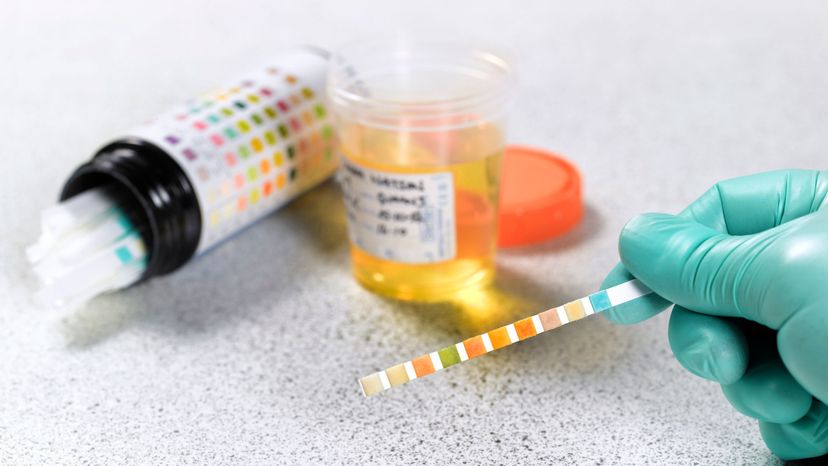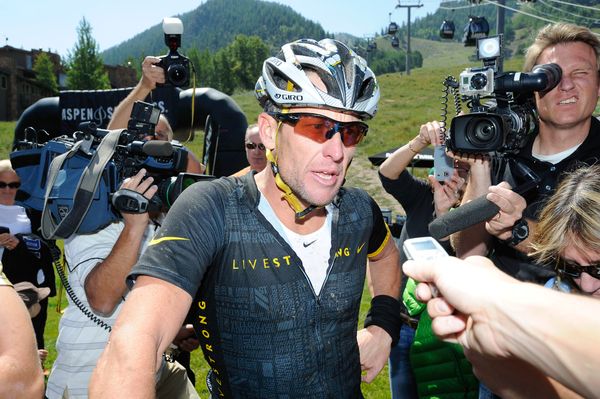
Let's say you are a user of illicit drugs. You've applied for a job and a drug test is required as a condition for employment. Even in states where recreational marijuana is legal, employment can still be denied to people who use it, as well as, of course, harder drugs. You're thinking of borrowing a buddy's urine — or more extremely — ordering "clean urine" off the internet. But will that let you pass the test?
A lot depends on the collection and detection methods used by the lab in question.
Advertisement
Dave Claflin is CEO for Fastest Labs, which offers testing for drugs, alcohol and DNA, as well as other services. He's seen some really wild attempts at people trying to game the system. "This lady put a Ziploc baggie [full of someone else's urine] in her brassiere," he recalls. People will put "borrowed" urine near their body parts to try and get it up to a temperature resembling warm pee. "But it took her so long [to deposit her sample] that we knocked on the door and startled her, so it spilled all over her shirt." Not only was she mortified, it was obvious what she'd been up to, he notes.
Let's say the woman had been successful in getting the urine in the deposit cup within the allotted time. Would she have gotten away with it? In this case, probably not. Fastest Labs, along with other reputable drug-testing facilities, follows Department of Transportation (DOT) guidelines, which require collectors to establish a chain-of-custody, which involves taking an immediate temperature reading of the specimen.
"We have to have specimens between 90 and 100 degrees [Fahrenheit, or 32 to 38 degrees Celsius]," he says, adding, "the reason we don't accept it under 90 is that people usually run a 98.6 degree temperature, but by the time you bring [urine] out of the bathroom in two to three minutes, it should be in the 92-94 [degrees] range." So, while exterior proximity to her body would have kept the urine on the warm side, it's not likely that it would have fallen anywhere near the required temperature range.
The DOT also requires that nothing should be taken inside the collection area — no purses, backpacks or outerwear. Pockets must also be emptied. At Fastest Labs, workers also conduct a visual examination, checking specifically the top of the beltline and sock areas because those are the most common places people store fake or borrowed urine. "Nine times out of 10 we're able to make sure they don't get the specimen in the testing area," Claflin says.
So, what about the other 10 percent? "In the event that a patient beats the monitoring, laboratories can use several different drug tests to determine if the urine was tampered with," explains Alejandro Amador, chief operating officer with Ammon Labs, a full-service toxicology laboratory, in an email. He says that several specimen validity testing (SVT) tests are conducted on all urines that enter the facility. "The idea being that if specific gravity, creatinine, pH and oxidants are all normal then we can assume it is a valid urine collection. These tests can help identify substitution (apple juice, bleach etc.) and adulteration (when something is added or taken to mask drugs)."
Advertisement


